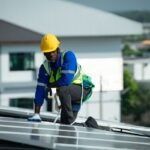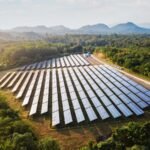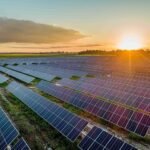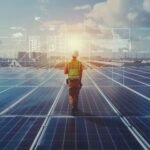The global shift toward renewable energy is no longer a rural-only phenomenon. Utility-scale solar installations, once primarily associated with vast open lands, are now making their way into urban infrastructure. Cities around the world are embracing photovoltaic (PV) panels not just as an energy source, but as a fundamental element of modern design. From skyscrapers with solar façades to bus stations powered by solar canopies, integrating PV technology into urban settings is a cornerstone of sustainable city development in 2025.
In this guide, we explore how utility-scale solar can be integrated into urban infrastructure design, the key benefits, challenges, and the steps to ensure successful implementation.
Why Utility-Scale Solar in Urban Areas?
Urban centers account for more than 70% of global CO₂ emissions and consume over two-thirds of the world’s energy. Integrating utility-scale solar into city infrastructure addresses both challenges—reducing dependence on fossil fuels while ensuring energy resilience.
Key drivers include:
Climate goals: Cities are setting ambitious net-zero targets.
Energy security: Local solar generation reduces reliance on external power grids.
Economic efficiency: Falling PV costs make large-scale urban solar projects increasingly viable.
Design Strategies for Integrating PV Panels into Urban Infrastructure
1. Solar Rooftops for Public and Commercial Buildings
Installing utility-scale solar arrays on rooftops maximizes unused space in dense city environments. Commercial buildings, schools, and government facilities are prime candidates.
2. Solar Façades and Building-Integrated PV (BIPV)
Façade-integrated PV turns building exteriors into energy generators. Transparent or semi-transparent PV glass can replace traditional windows, providing both aesthetics and functionality.
3. Solar-Powered Transportation Infrastructure
Bus stops, train stations, and even pedestrian bridges can integrate PV canopies, providing power for lighting, ticketing systems, and electric vehicle charging.
4. Floating Solar for Urban Reservoirs
Cities with limited land can utilize floating PV systems on water bodies to generate large-scale energy without impacting real estate.
5. Solar in Public Spaces
Parks, plazas, and recreation areas can use solar-powered lighting, Wi-Fi stations, and water features powered by integrated PV systems.
 Benefits of Utility-Scale Solar in Urban Infrastructure
Benefits of Utility-Scale Solar in Urban Infrastructure
1. Sustainable Energy Production
Generates clean, renewable electricity directly where it’s consumed, reducing transmission losses.
2. Reduced Carbon Footprint
Cities contribute significantly to greenhouse gas emissions; solar adoption helps lower urban carbon output.
3. Cost Savings Over Time
While initial installation costs can be high, operational savings and government incentives lead to significant long-term ROI.
4. Energy Resilience
Urban solar systems paired with battery storage provide backup power during grid outages.
5. Enhanced City Branding
Solar-integrated cities attract investors, residents, and tourists seeking sustainable lifestyles.
Challenges in Implementing Utility-Scale Solar in Cities
Space constraints: Limited ground space demands innovative vertical and rooftop solutions.
Aesthetic concerns: Building owners may hesitate if PV panels disrupt design aesthetics—making BIPV an ideal alternative.
Regulatory barriers: Zoning laws and permitting processes can slow down projects.
Shading issues: High-rise buildings can reduce sunlight exposure, requiring careful planning.
Steps to Successfully Implement Utility-Scale Solar in Urban Design
Conduct a Feasibility Study – Evaluate solar potential, shading, and infrastructure compatibility.
Engage Solar EPC Experts – A skilled EPC contractor ensures seamless engineering, procurement, and construction tailored to urban challenges.
Leverage Building Codes & Incentives – Many cities offer tax credits, rebates, and feed-in tariffs.
Integrate Smart Energy Management – Pair solar systems with IoT-based monitoring for real-time performance tracking.
Incorporate Storage Solutions – Batteries improve energy reliability and load balancing.
Case Studies: Cities Leading the Way
Singapore – Known for its limited land area, Singapore has integrated solar façades and rooftop PV systems across government buildings and housing complexes.
Barcelona – The city integrates PV into public transport stations and even street furniture, combining functionality with aesthetics.
Dubai – Mega-scale rooftop installations on malls, airports, and office complexes contribute to Dubai’s clean energy targets.
 Future Trends in Urban Solar Development
Future Trends in Urban Solar Development
AI-powered solar optimization for energy output forecasting.
Transparent solar panels embedded in windows for dual functionality.
Solar-powered EV charging hubs in urban parking facilities.
Mixed-use developments with integrated renewable microgrids.
Conclusion
Integrating PV panels into urban infrastructure is no longer an option—it’s an essential step toward achieving sustainable, energy-resilient cities. Utility-scale solar in urban environments not only addresses climate goals but also delivers tangible financial and social benefits.
Cities that embrace this shift in 2025 will not just keep up with global trends—they’ll lead the charge toward a greener, smarter urban future.
FAQs
- 1. What are utility-scale solar projects in urban infrastructure?
Utility-scale solar projects in urban settings involve large-scale PV panel installations integrated into public buildings, transport hubs, and city infrastructure to generate renewable energy. - 2. How can PV panels be incorporated into urban design?
They can be installed on rooftops, façades, transportation stations, and even integrated into smart grids for efficient energy use. - 3. What are the benefits of utility-scale solar in cities?
Key benefits include reduced carbon emissions, enhanced energy security, and long-term cost savings for municipalities and businesses. - 4. Are utility-scale solar projects feasible in densely populated areas?
Yes, with proper planning, vertical integration, and optimized placement, they can effectively operate in high-density zones without consuming extra land. - 5. How does solar EPC factor into urban solar integration?
A solar EPC (Engineering, Procurement, and Construction) contractor ensures seamless design, sourcing, installation, and maintenance tailored to urban constraints.



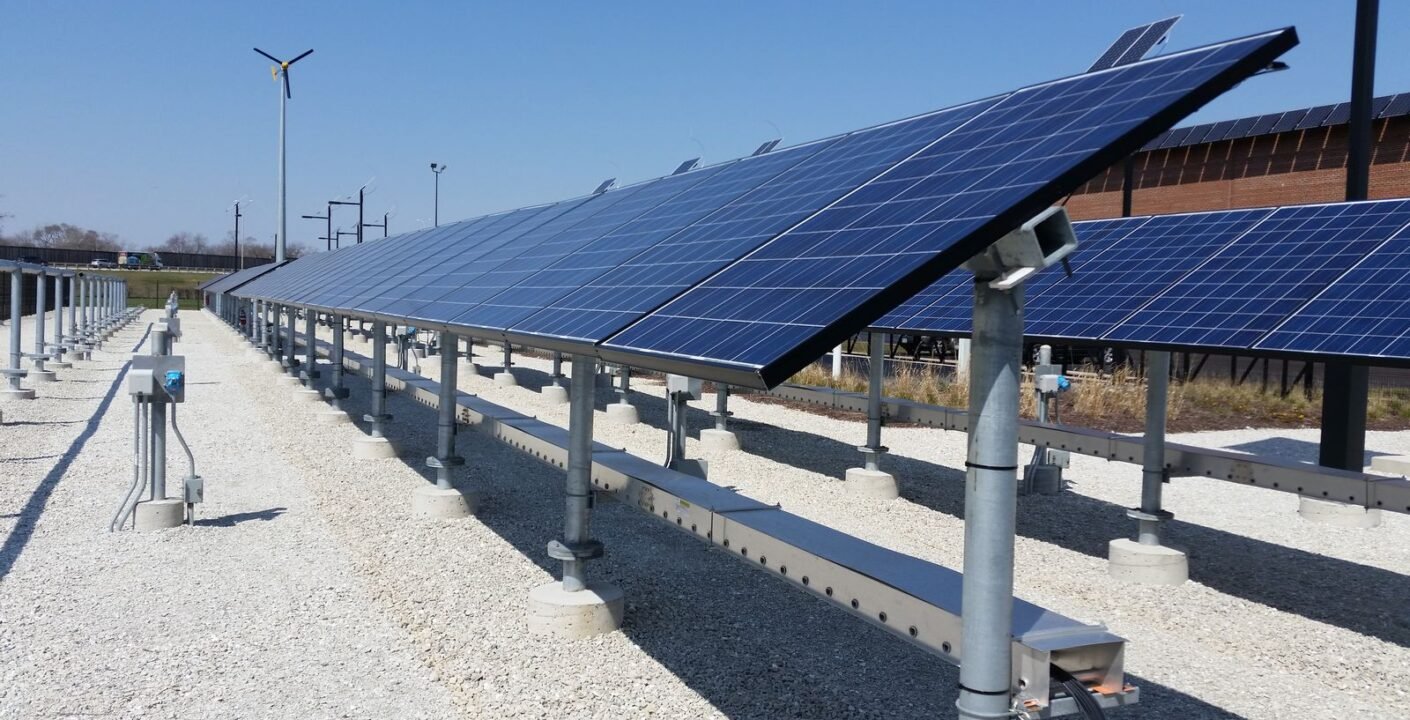
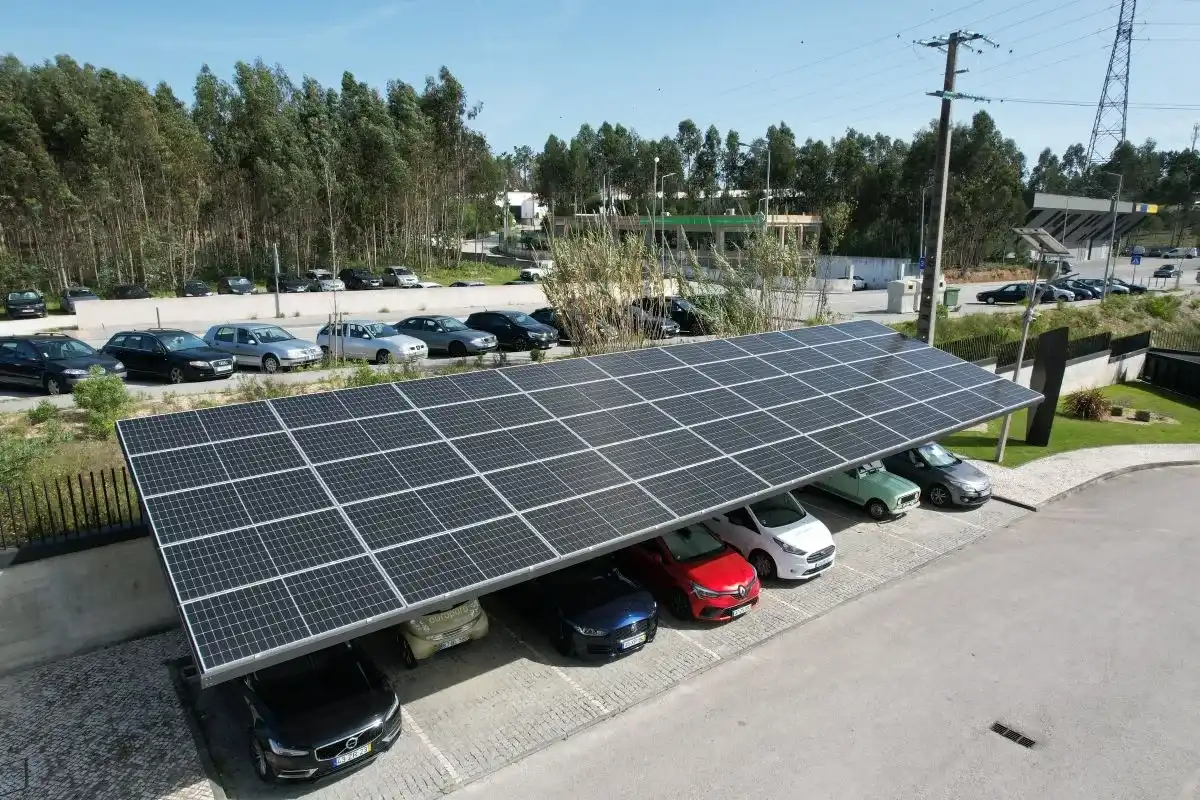 Benefits of Utility-Scale Solar in Urban Infrastructure
Benefits of Utility-Scale Solar in Urban Infrastructure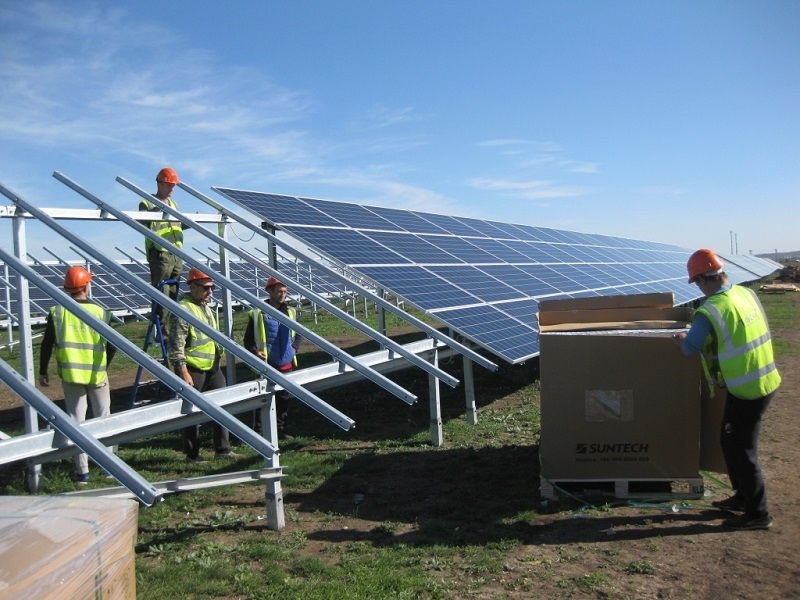 Future Trends in Urban Solar Development
Future Trends in Urban Solar Development